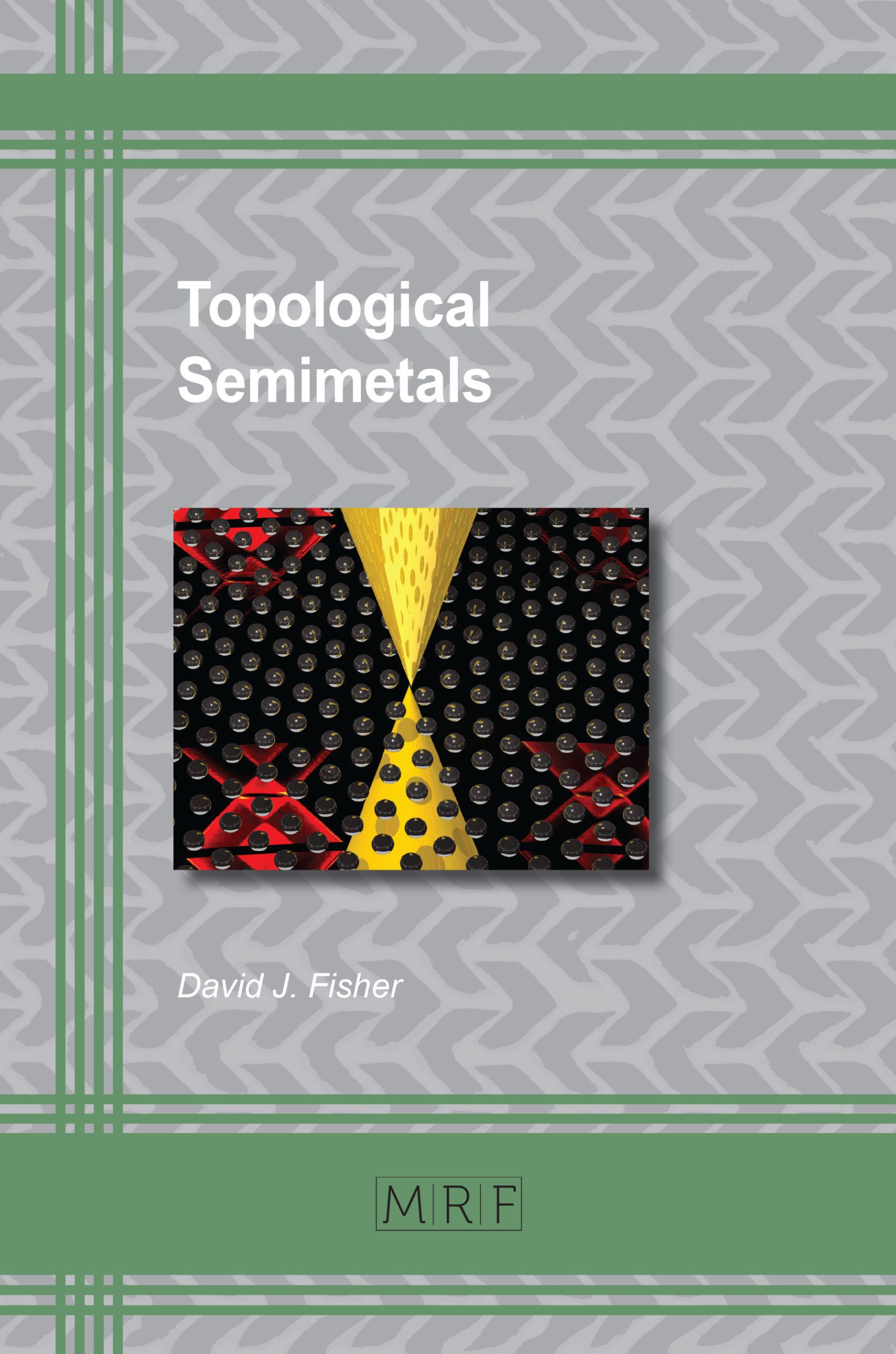Topological semimetals represent a fascinating frontier in condensed matter physics, blending elements of topology, materials science, and quantum mechanics. These materials have piqued the interests of researchers due to their unique electronic properties and potential applications in next-generation electronic devices and quantum computing. This exploration serves to unravel the essence of topological semimetals, their classifications, and implications for future technological advancements.
Defining Topological Semimetals
At the core of the term “topological semimetals” lies the interplay of electronic band structures and topological invariants. In crystalline solids, electrons occupy bands separated by energy gaps. However, semimetals deviate from traditional semiconductors; they exhibit a partial occupancy of both the conduction and valence bands, allowing electrons to transition between them with minimal energy expenditure. The introduction of topological concepts reshapes this understanding, revealing that some semimetals harbor exotic surface states protected by time-reversal symmetry and other fundamental symmetries.
Topological Invariants and Their Significance
Topological invariants act as mathematical descriptors that classify these materials. The classification is governed by entities such as the Chern number and Z2 invariant, which elucidate the nature of the electronic states in the material. Traditional band theory, characterized largely by energy-level fillings, has now been supplemented by these topological metrics, providing a deeper understanding of electron behavior in materials. Notably, the presence of topologically protected states indicates that these materials might exhibit resilience against perturbations, leading to potential applications in robust electronic and spintronic devices.
Classification of Topological Semimetals
Topological semimetals can generally be categorized into three principal classes: Dirac semimetals, Weyl semimetals, and nodal-line semimetals. Each class is distinguished by its unique band structure and associated physical phenomena.
Dirac semimetals are characterized by the presence of Dirac points, where the conduction and valence bands touch at discrete points in momentum space, leading to a conical dispersion relation. This linear dispersion results in massless Dirac fermions, imparting exceptional charge carrier mobility and intriguing quantum phenomena.
Weyl semimetals, on the other hand, possess Weyl points – points in momentum space where bands cross. These materials support the emergence of chiral anomaly, a phenomenon where the application of an electric field leads to an imbalance of Weyl fermions. This feature may lead to novel hallmarks of transport phenomena, such as ultra-high conductivity and response to external electromagnetic fields.
Nodal-line semimetals encompass a more complex geometry, involving closed loops of band degeneracy which can lead to intriguing topological responses, such as robust surface states and a range of exotic electronic behaviors. Such geometrical nuances provide pathways to engineering new quantum states of matter through material synthesis and manipulation.
Fabrication Techniques and Material Choices
The synthesis of topological semimetals is integral to empirical studies and applications. Various fabrication techniques, including chemical vapor deposition (CVD), molecular beam epitaxy (MBE), and hydrothermal synthesis, have been employed to create high-quality single crystals of these materials. The choice of material is critical, with notable examples including zirconium tetraarsenide (ZrAs), tantalum arsenide (TaAs), and nickel phosphide (NiP), each exhibiting unique characteristics and properties that facilitate the manifestation of topological features.
Experimental Probes and Characterization
To uncover and confirm the presence of topological features, a plethora of advanced characterization techniques is employed. Angle-resolved photoemission spectroscopy (ARPES) provides direct visualization of electronic band structures, revealing the locations of Dirac or Weyl points. Transport measurements, combined with theoretical predictions, elucidate the semiconductor behavior and state robustness. Other probes such as scanning tunneling microscopy (STM) and time-resolved spectroscopy lend further insights into the dynamical properties of charge carriers and surface states.
Applications and Future Prospects
The promising attributes of topological semimetals hint at a paradigm shift in electronics and quantum computing. Their unique electronic properties, characterized by high conductivity and topologically protected surface states, position them as candidates for applications in spintronics, where the intrinsic spin of electrons, rather than their charge, is manipulated for data encoding. Furthermore, the robustness against perturbations is critical for enhancing the performance of quantum computers, offering greater stability and reduced decoherence rates in quantum information processing.
Moreover, there is emerging interest in harnessing topological semimetals for thermoelectric applications, potentially paving the way for more efficient energy conversion devices. Their ability to maintain high electronic conductivity while exhibiting low thermal conductivity presents a dual opportunity for improved device efficiencies.
Conclusion: An Invitation to Explore
The realm of topological semimetals embodies a rich tapestry of fundamental physics and potential technological revolution. By blending classical ideas with modern theories of topology, these materials challenge established notions and invite further inquiry. As research progresses, the ability to synthesize and manipulate these materials will likely unveil novel phenomena, paving the way towards unprecedented advancements in material science and technology. Thus, the study of topological semimetals not only enchants the imagination but also holds the promise to redefine our technological landscape, compelling both scientists and engineers to delve deeper into this exhilarating territory.












